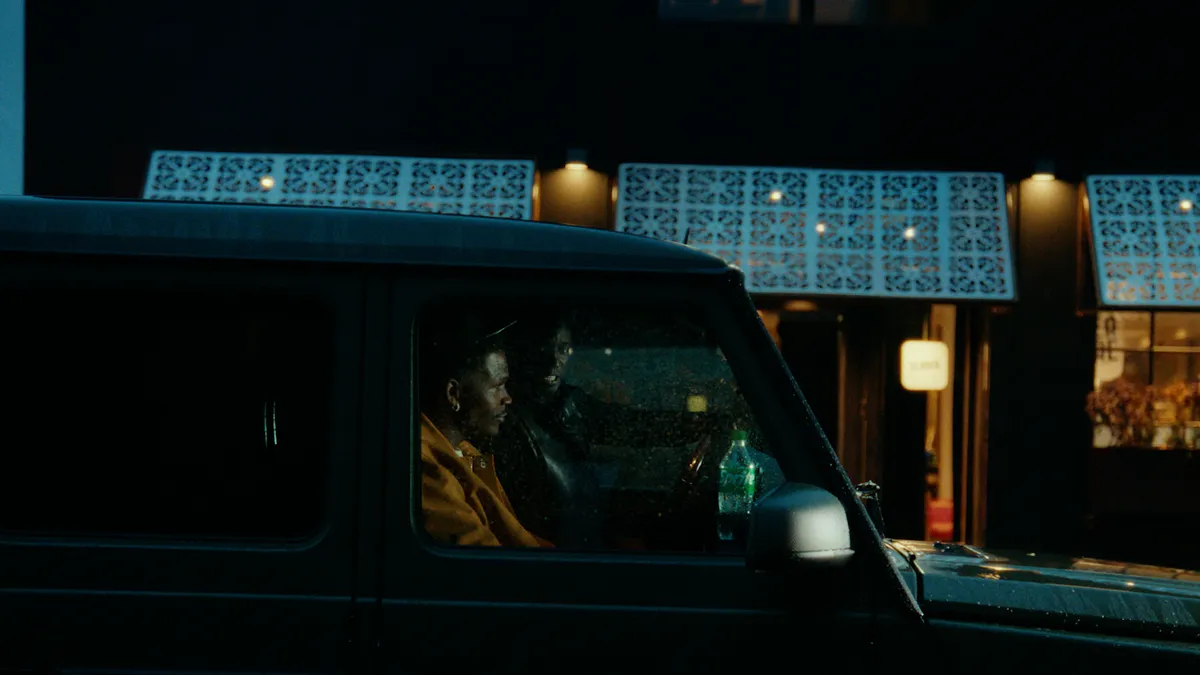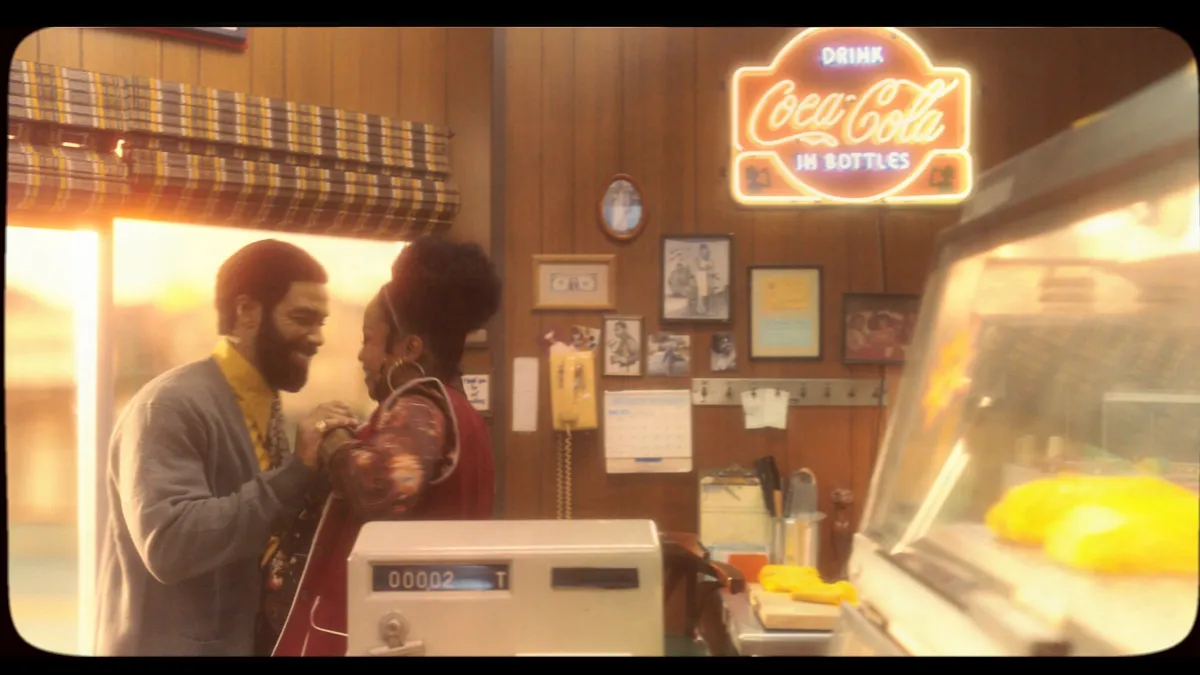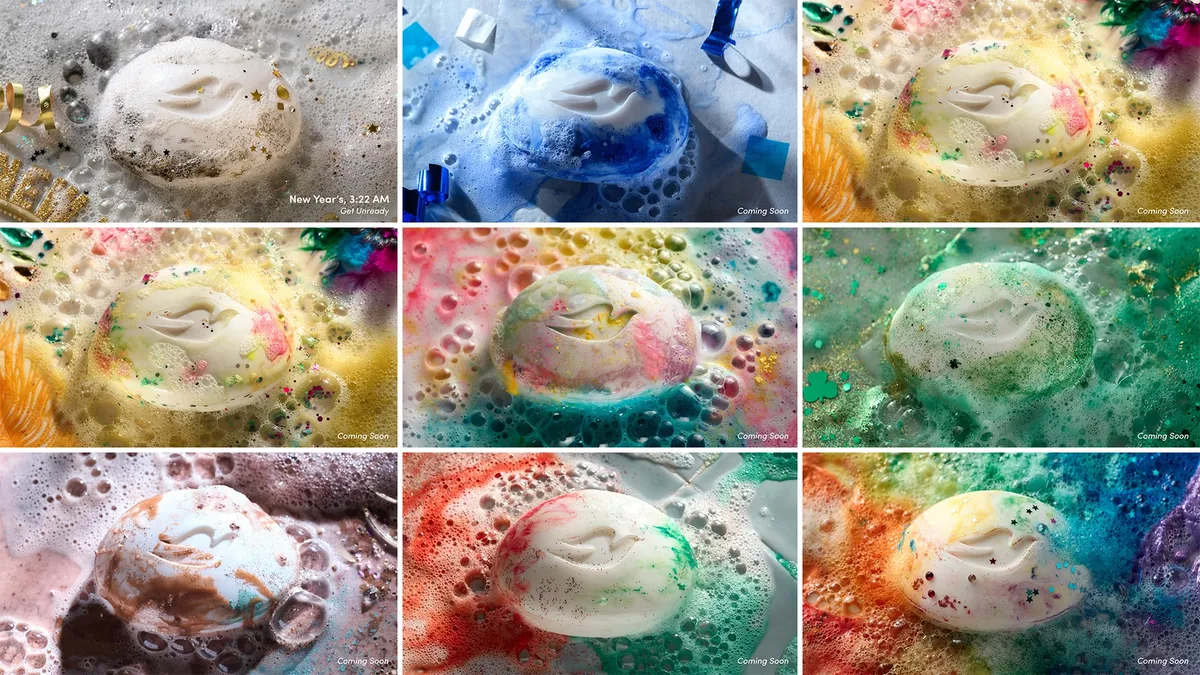Campaign Trail is our look at some of the best and worst new creative efforts from the marketing world.
This week, Marketing Dive analyzes campaigns that break the traditional marketing mold by addressing a tough issue with authenticity and humor; producing a bold but potentially deadly dull film experiment and designing a novel piece of voice-activated hardware:
How Yoplait successfully tackled 'mom shaming'
The rundown: General Mills' Yoplait brand saw a 1,461% lift in brand interest after launching the "Mom On" campaign this summer to address 'mom shaming,' which is when mothers call out others for what they perceive to be bad parenting.
The effort was designed to mitigate the judgment through a mix of humor, confidence-building and empathy. It consisted of a 60-second TV and digital ad in which moms own their actions that others might judge, such as having kids later in life, and 32 six-second customized digital ads. A partnership with Facebook comedy series "#IMOMSOHARD" included a 40-city tour and a hidden-camera video on social channels showing moms supporting other moms.
Additional partners included 72andSunny New York, Fast Horse and Mindshare.
The results: In addition to the brand interest lift, the social media conversation around the campaign ended up mostly positive, a reflection of the fact that it didn't sound forced or artificial, according to a new case study from Think with Google. Why did Yoplait succeed at being authentic? Because all the decision-makers on the marketing team are moms, Susan Pitt, a senior marketing manager for Yoplait said.
On the creative side, the folks at 72andSunny New York knew that tackling a controversial topic would work as long as the campaign showed empathy for moms. While the goal was to connect to all moms, the media side was able to leverage technology to personalize the experience. Using YouTube's Director Mix, Mindshare quickly created 32 different six-second ads to retarget viewers who had seen the longer video with messaging customized to their online behavior. For example, a mom looking up recipes saw different copy from one watching music videos.
Marketers know they need to meet consumers' demands for authenticity, yet many are scared of the potential backlash if they get it wrong when tackling sensitive topics, something brands like Pepsi discovered only too well this year. By matching brand values with creative and media approaches, Yoplait was able to successfully address a controversial topic and drive interest for a brand that's been around for a while.
—Chantal Tode
Is Samsung's art-pop film 'Washing Machine' daring, dull or both?
The rundown: Electronics giant Samsung is taking a decidedly avant-garde approach to marketing its QuickDrive washing machine this holiday season. The brand produced a movie-length video called "Washing Machine: The Feature Film" that depicts a cycle of laundry being done. That's it.
Over the course of 66 minutes, viewers can bask in the "poetic monotony of the spinning drum and sloshing water," according to a news release by the company. To add an artful touch to the effort, the brand tapped the composer Michael Nyman, perhaps best known for scoring 1993's "The Piano," to provide the minimalist soundtrack.
"I have written a lot of music to manufacturing processes, but this is the most elaborate mechanical, mechanistic film I've been involved with," the Ivor Novello award-winner said in a statement.
Samsung is pulling out all the Hollywood stops to promote the movie-sized ad, with a 36-second teaser trailer — it even has an MPAA-aping green ratings screen at the front — on YouTube. "Washing Machine" will premiere in London's Leicester Square on Dec. 5, with the full video available on YouTube for free starting the following day.
The results: This is, weirdly enough, not the only feature-length brand effort to roll out in recent weeks. Old Spice's holiday ad is also an hour-long, largely static affair, depicting a Yule log that constantly explodes, with pitchman Terry Crews periodically popping in to plug the brand's gift packs and explode as well.
In both cases, these marketers lean on absurdity and a break from tradition to attract consumers' attention around the critical holiday sales period. But where Old Spice opts for irony, attempting to blow up the type of sentimentality that's emblematic of holiday advertising, Samsung is aiming for an art-pop flavor and commercial take on the "slow cinema" genre.
The extra-long, extra-redundant approach here recalls auteurs like Andy Warhol, whose experimental films included an unbroken eight-hour shot of the Empire State Building doing absolutely nothing. Nyman's presence might lend the piece some credibility with art snobs and critics, but whether consumers will have any interest in watching the next boring activity behind paint drying remains to be seen.
Not that they don't waste a lot of time staring at their laundry anyway: The research that inspired Samsung to create the film found British consumers spend an average of 1,481 hours — or 61 days — watching their machines over the course of a lifetime.
—Peter Adams
Jim Beam debuts a bourbon-pouring, voice-activated decanter
The rundown: Jim Beam is now selling a smart decanter deemed "JIM" that dispenses a shot of the brand's signature bourbon when users issue a special voice command, according to MediaPost. That's about the extent of the device’s capabilities, however, as it's not too good at small talk. When asked about the weather, the decanter replies in a Kentucky accent: "I have no idea, but I do know it's the perfect weather to enjoy bourbon."
For spirits aficionados looking to get their hands on the $35 bar gadget, there's an unfortunate hitch: it sold out within two hours of its Nov. 30 release. For those lucky few that managed to snag one, the second hitch is that its 3G voice capabilities will expire after six months, according to the company's website. After that point, bourbon fans can still use it as a regular low-tech decanter.
This isn't Jim Beam's first stab at tech. Last year, it unveiled what the company dubbed the world's "first drinkable wearable." The Jim Beam Apple Watch couldn't even tell the time but featured a built-in, collapsible shot glass for all those times bourbon fans wanted a beverage but couldn't find a glass fast enough.
The results: Step aside, Alexa. Sure, Amazon's digital assistant can answer questions, make lists and play music, but one task it can't do is dispense smooth liquor on demand. For Jim Beam, "JIM" is likely intended as a gag gift for the holidays, and has succeeded in that area by quickly disappearing from online shelves.
Both the decanter and faux Apple Watch are clearly gimmicky, but they serve as a fun way to keep the bourbon brand top-of-mind and put their own spin on the idea of mobile. Jim Beam is poking fun at tech companies eager to ride the recent wave of the Internet of Things, which is quickly picking up traction with consumers. The number of Americans who use a voice-activated device at least once a month will more than double this year to 35.6 million, according to eMarketer.
Beyond driving a little extra revenue through product sales, Jim Beam is getting a boost to its brand visibility online, as the video demonstration of the voice-activated dispenser has reeled in more than 100,000 views on YouTube at press time.






















